Eurasian Wigeon
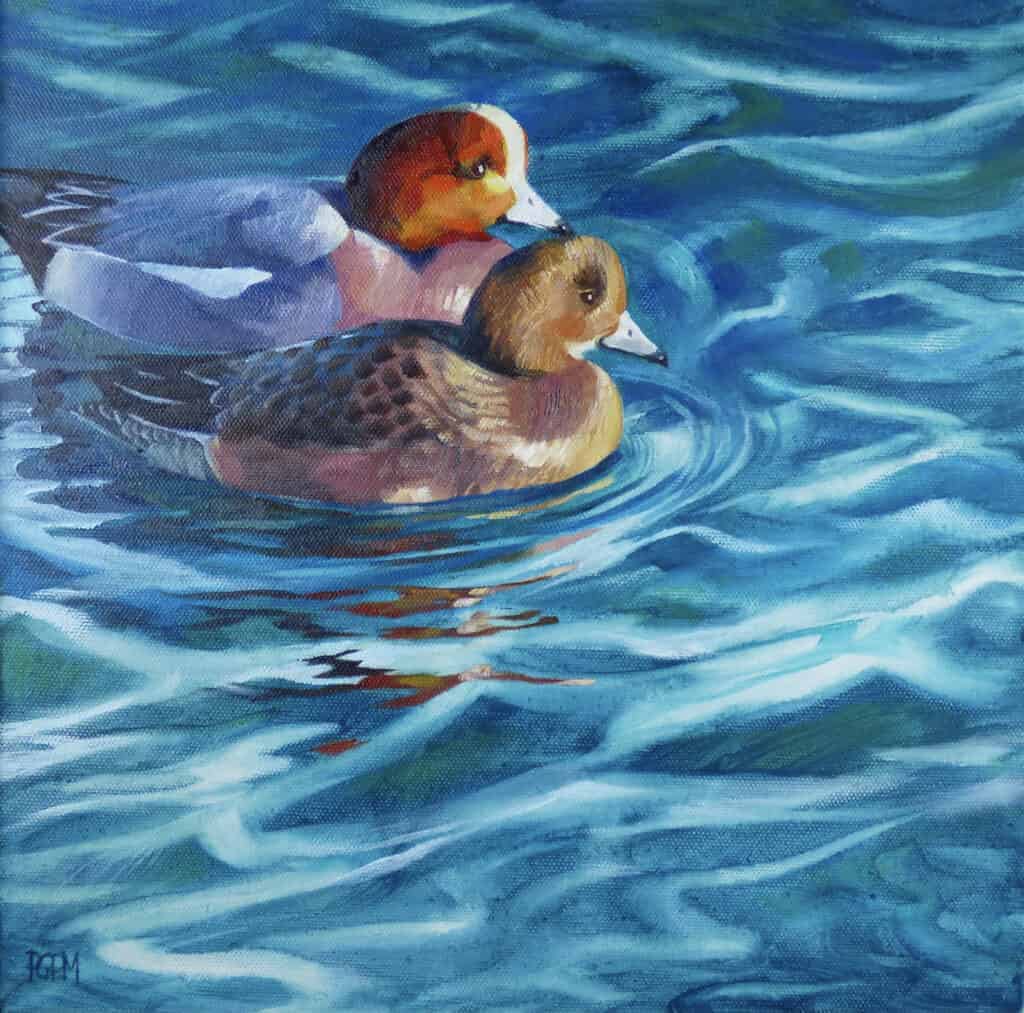
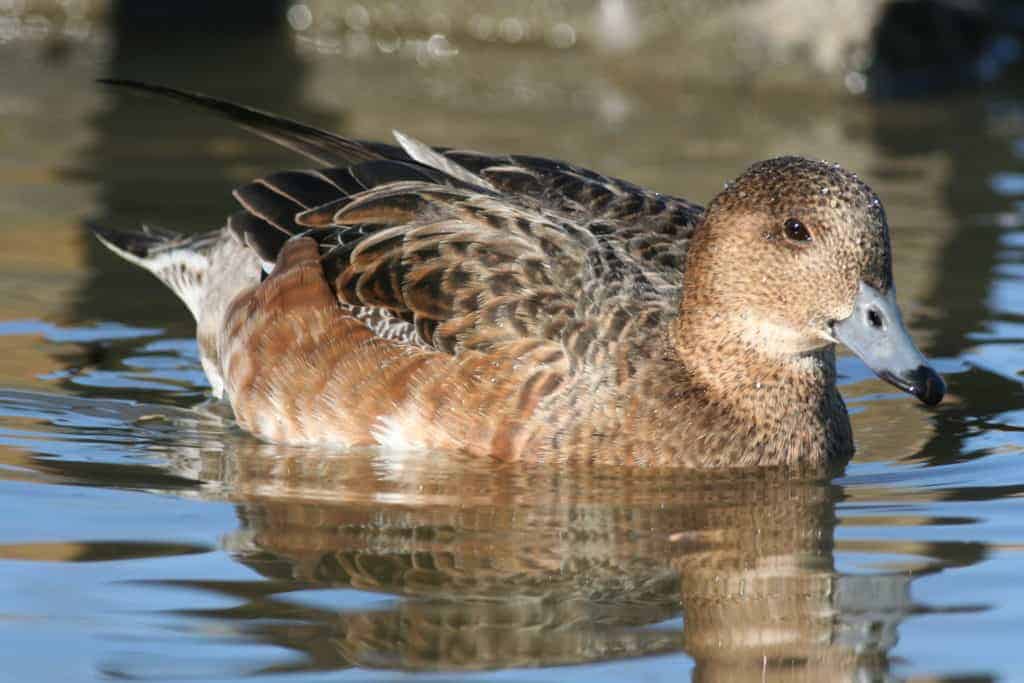
Eurasian Wigeon are exclusively vegetarian, and do best where they have access to grazing — the short, stubby beak is ideally suited to cropping grass. They make excellent lawnmowers, so are ideal for keeping lawns in an enclosure short and neat.
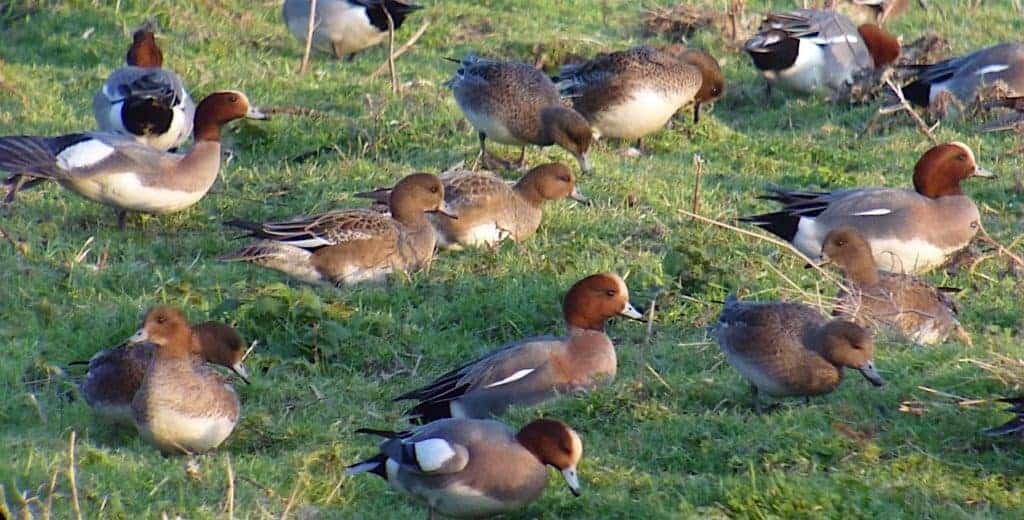
Mareca penelope
Subtle rather than showy, the Eurasian Wigeon is a duck that winters in great numbers in Britain, with most of our visitors travelling to us from Iceland, Scandinavia and Russia. It is a highly social species, found in flocks of hundreds or even thousands of birds. In contrast to its winter abundance, it is a scarce nester, restricted mainly to the Scottish Highlands and islands and to high pools in the Pennines.
50–60% of the UK’s wintering population is found at ten or fewer sites, so it is considered localised. The UK holds 20–30% of the European wintering population, so it is considered to be of international importance. For these reasons this species is Amber-listed in Britain.
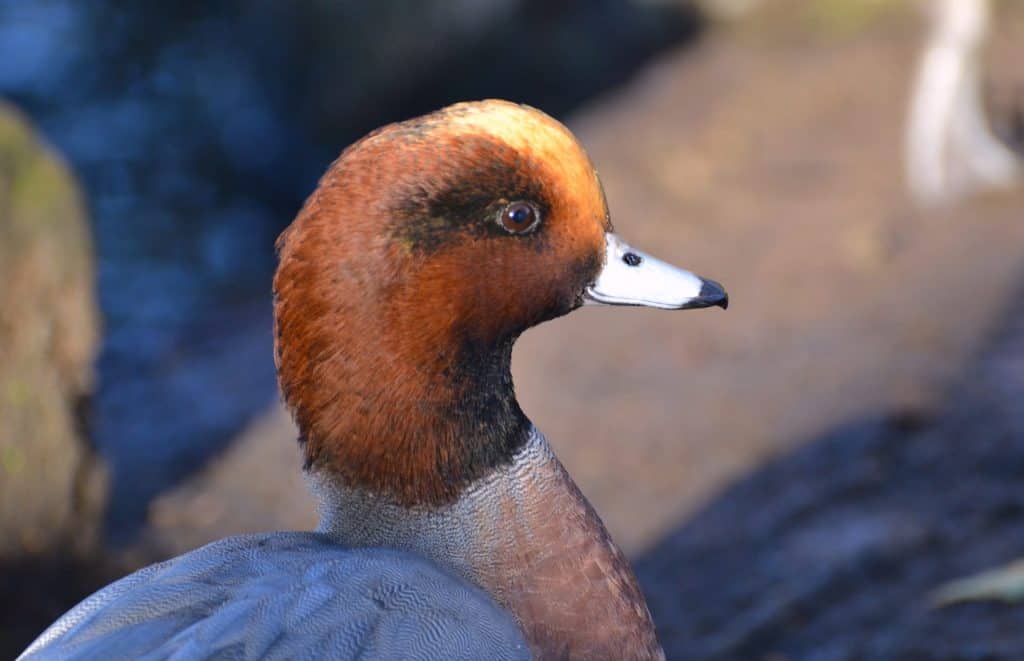
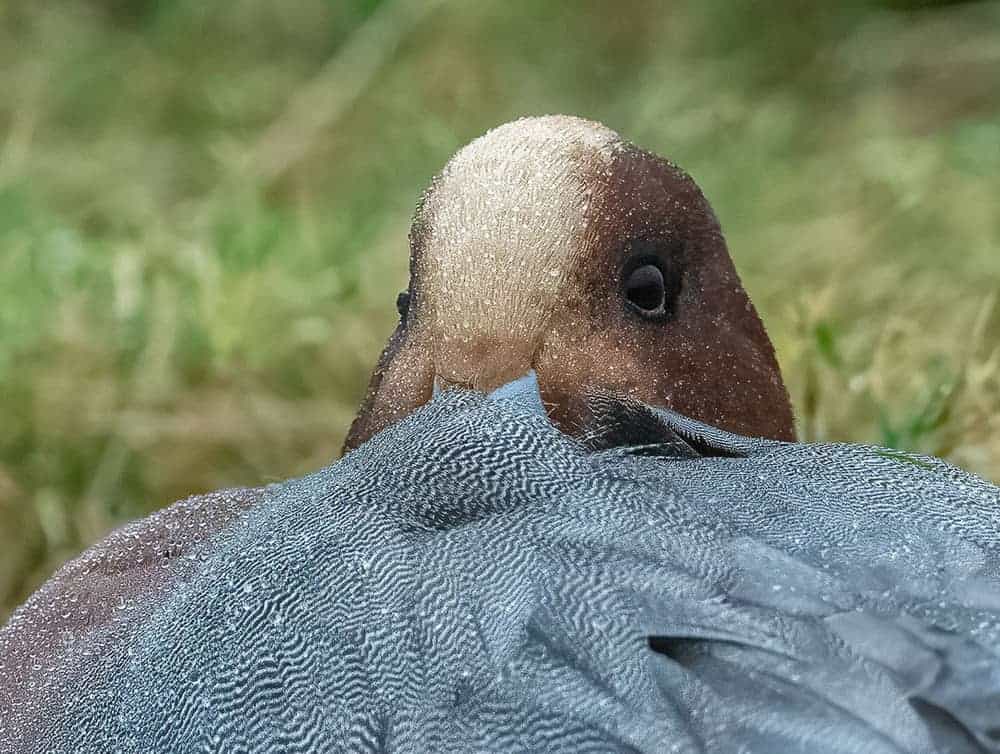
It is a close relation of the American and Chiloé Wigeons. Like those birds, it tends to be a pleasing yet unobtrusive member of a wildfowl collection, seldom aggressive and happiest in the company of other wigeon. The drake has a wonderful, far-carrying whistle — wheeooo — contrasting with the duck’s growling quack.
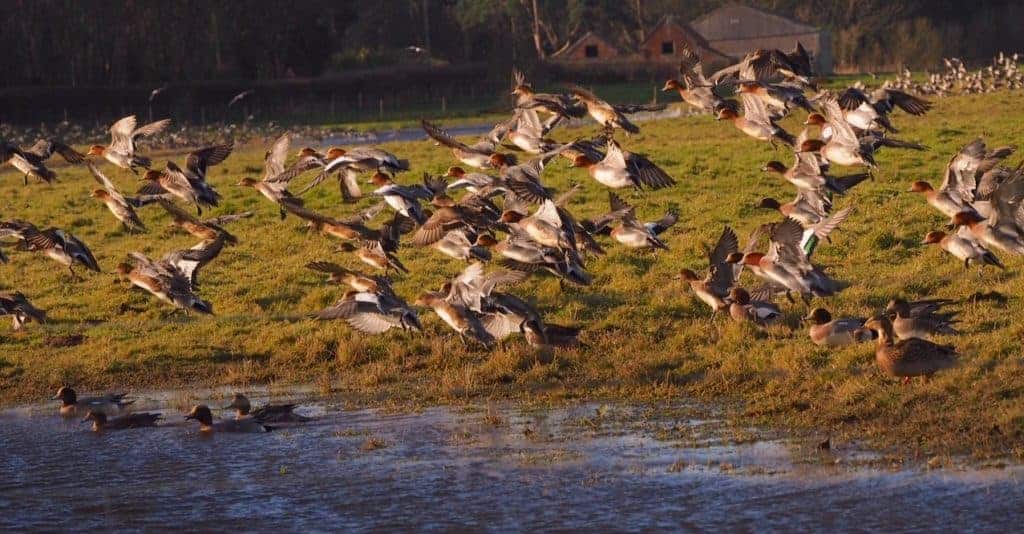
Eurasian Wigeon will hybridise readily with American Wigeon, so should not be kept together in the same enclsure. Occasionally wild hybrids are seen, like this one below, caught in Scotland in late winter.
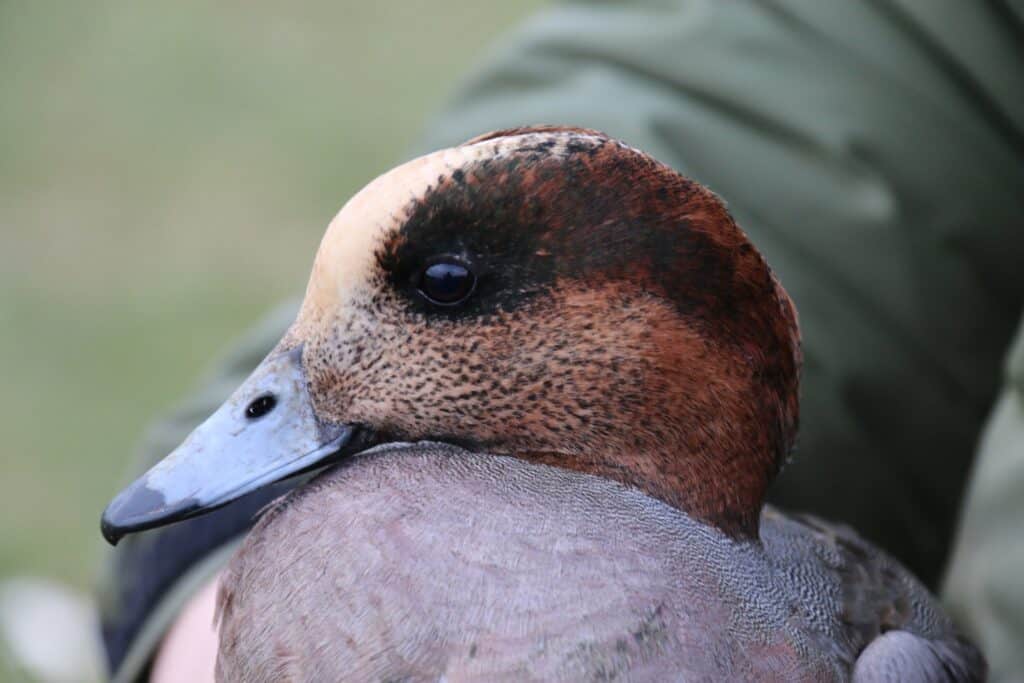
Wigeon breed readily in captivity, producing a clutch of between 7 and 12 creamy eggs in late May or June. The incubation period is 24 to 25 days.
FURTHER READING
British Trust for Ornithology, BirdFacts, Wigeon Mareca penelope.
Harteman, J. Harteman Wildfowl Aviaries, Eurasian Wigeon.